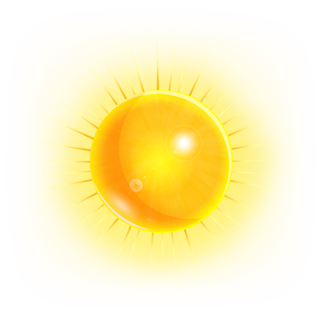After lumbering for a time through the temperate lands, the beast lays down its head and goes into a deep sleep. The land around it changes, its skull bleaches in the sun and still the beast does not move. All that remains is a skull. This is the image I would like to evoke, to dramatize the events that occurred as I walked up past Brandeis’ art building (Goldman-Schwartz) a few days ago on a rainy morning. The “skull-pture” stared at me with blood red plastic eyes, and I was compelled to walk off the concrete path and explore the skull in its natural exhibit landscape.
Though I have never spoken with the artist or artists, I have an overwhelming amount of appreciation for the outdoor art pieces I have seen so far on campus. Along the craggy rocks near the skull, there is also a small white church, a hand reaching out of a tree stump grasping a stick and sculpted mushrooms within the hollow of a dead tree. All of these sculptures are integrated within the Brandeis landscape, and they each tell their own story. Alternatively, when observed as a collective group, they can come together to form some sort of post-apocalyptic landscape in which only one small building remains, and a giant skull lies not too far away from it.
These sculptures have made me more alert on my walks in the area, and I am always looking for new pieces. I love the concept of adding small details to the landscape in a way that adds to the overall impact of the nature. The foliage is not being altered in any way, and nothing from the sculpture is leaching into the soil. They are placed in a way that adds to the landscape—adds context and story. Despite each piece inducing a shudder down your spine, it opens up a dialogue about the meaning of the piece and its placement. Why is the hand clenching the branch? Why is it trying to escape from the tree stump? What is down there?
And on the topic of art made in Goldman-Schwartz, the art building is truly a hidden gem on campus. It is not part of central campus, so ending up near there is an active decision that needs to be made. Pottery club hosts drop-in hours to use the pottery wheel and glaze pieces, and art majors frequently have art displays along the inner walls of the buildings. If you have the time, I cannot recommend it enough—every Brandeis student should visit the art building before graduating at least once.
You gain a deeper appreciation for the campus when you are always on the lookout for the newest addition to the landscape. The Brandeis campus already has so much personality, with its endless hills and staircases, that adding art sculptures to it helps to further personify the campus. Last semester, as I was walking past the science building, some students had drawn different chemical structures on the sidewalk. Despite me not being a STEM major, it was still fun to slow down for a moment and look at the drawings and descriptions. The way that Brandeis students interact with the physical campus has always fascinated me, and I would love to see an event where Brandeis students can make a whole village of sculptures as a group art exhibit. There is something about walking, outside, through and between art pieces that allows you to enjoy and interact with them in a way wholly unique from seeing a painting hung up on a wall in a museum.
This temporary modification of the landscape allows for students to interact in an interdisciplinary manner (even more so than usual, as Brandeis students are well known for double majoring and even triple majoring). The skull near Goldman-Schwartz creates a new conversation for passersby and fosters intrigued about what other students are creating on campus.
I hope that anyone associated with this project continues to add more pieces; it makes the walk to the International Business School a more intriguing one. I cannot wait to see how the history of this small piece of land evolves.


